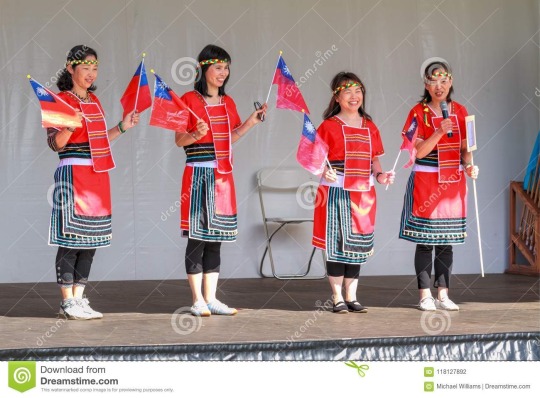#puyuma
Text

Puyuma duo, Taiwan, by Rich J Matheson
#puyuma#taiwan#asia#east asia#folk clothing#traditional clothing#traditional fashion#cultural clothing
392 notes
·
View notes
Text

Album cover art for Amit by Kulilay Amit a.k.a A-Mei, 2008
I thought I'd add a little about A-Mei for those who don't know because she's amazing!! She's been one of the most popular and successful Chinese-language pop stars for decades!! She's Taiwanese Indigenous, Puyuma, and she's been a forceful advocate for Indigenous and LGBT rights in Taiwan, and faced boycotts and censorship for performing at the inauguration of Taiwan's first non-KMT, pro-independence president ^.^ check her out!!
3 notes
·
View notes
Photo


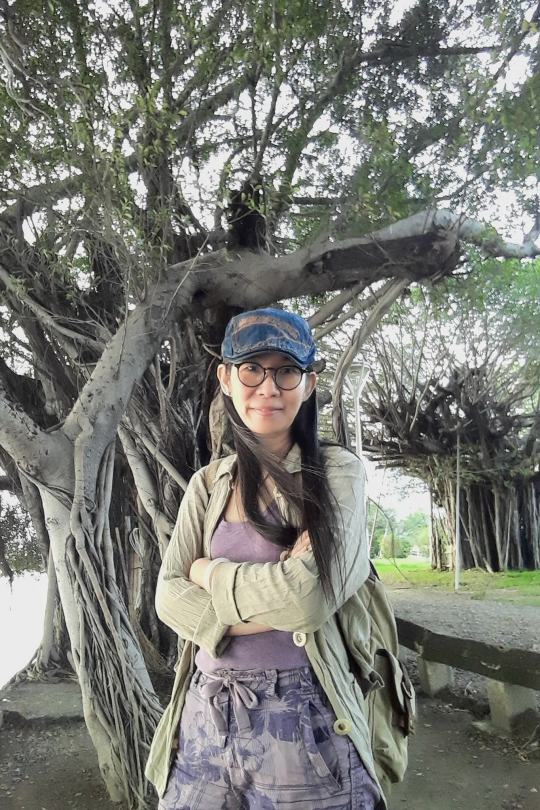
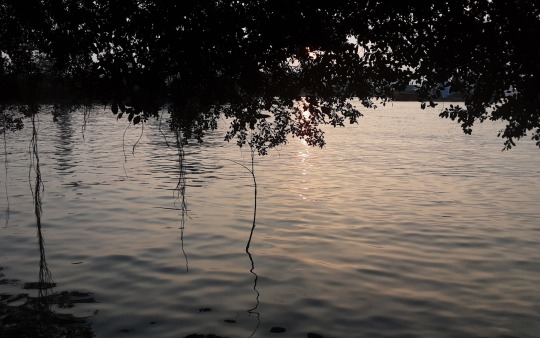






雙雙飄落黃金雨
小鳥啾啾不離去
夕照波光彩粼粼
輕柔海風念徐徐
-《依戀 Affection 》• 仲茵 poem by Chu Lan -
🎧 💙 吳金黛 Wu Judy Chin-tai - Sounds Flowing through My Fingers 指尖裡的歌詠 (feat. 陳建年 Paudull) from album - 萬籟的絮語
PS. The famous singer - 陳建年 Paudull 他是臺灣原住民"卑南族"男歌手- Chen Jiannian/陳建年, his tribal name Pau-dull, is a Taiwanese Puyuma singer.
Sounds Flowing through My Fingers (feat. Paudull)
Lyrics :
#Chu Lan#beyourselfchulanmaria#chulanmaria#朱蘭皮藝#Taiwan artist life#leather art artist#Fine craft artist#台灣工藝人#eat live love#beautiful life#take a walk
34 notes
·
View notes
Photo

Puyuma Warrior Genji by 拉菲 (Rafi)
2 notes
·
View notes
Text
songs that currently possess the strings of my heart
didia rongkaphi - rita butar-butar
// i can hear the strength and power and emotion in her voice echoing in my ears as i go about my day. i channel it directly into my head for hours every night this past week, potentially even these past few weeks. i can hear her even when i am asleep. the way she sings the chorus has captured me heart and soul. god. i feel like crying. i feel like if i was ever able to go to a physical performance of her singing, i would blister my hands and the insides of my throat from the ferocity of my clapping. i love her so much. oh my god.
tao toba - siantar rap foundation
// tao toba is the name of a lake. this song makes me want to cry a little bit. it brings me nostalgia for a place i’ve never been. ever since i learned what one of the lines means, it has made me furrow my brow with a sense of melancholy and longing every time i listen to it. “naeng mulak tu huta” > i want to go home to that village. i would like to go see lake toba. my mum wanted to take us! but the other day, she said she was worried i would get possessed. i hope this will not be an obstacle. i very much want to see the lake that has inspired not only this song but many others.
iturusanay 跟著走 - sangpuy 桑布伊
// it’s just. it’s a really nice song. and his voice is very very lovely. i read an article describing sangpuy’s voice as an old man in a young man’s body. i think there is more than a few grains of truth in that. when he sings “ama, ina”—i really really like this part. “ama” and “ina” mean father and mother. i think it always makes a song feel a different more heartaching sort of way when the singer calls out to a parent. this song especially is about honouring and remembering everyone who came before you. it is all the more important to remember that sangpuy is an indigenous taiwanese man from the puyuma people. both puyuma and bataknese are austronesian languages!! i can see some of the connections myself! “ama” and “ina” (father and mother in puyuma) correspond blatantly to “amang” and “inang” (father and mother) in bataknese!
all’s well that ends well - rainbow kitten surprise
// today i said to a friend: do you ever hear a sound that is so nice that you feel it in your loins. and they said “yeah” and i said “good.” and felt wonderfully not alone. this song makes me experience this feeling. it also makes me experience the feeling of needing to take a deep breath that strains my lungs so i can release the sort of tension it encases in my chest.
2 notes
·
View notes
Text

★ twa’omas塔哇歐瑪司-MK摩客衣服設計品牌 New 最新企劃登場
各位,原民神話系列的MK合作品牌T-Shirt潮服可以在網路上開始訂購囉!
即日起在下方連結線上訂購即可參加抽獎活動。詳細活動內容請追蹤粉絲專業,會在粉絲專業上詳細說明。
網址:https://mokmaking.1shop.tw/alicemisa
塔哇歐瑪司(魯凱語:Twa'omas/Tomas),是東魯凱族群大南社神話中的造人神,每個人的壽命均由此神來決定。
塔哇歐瑪司共有16族不同款式的衣服。請大家快點開始線上訂購喔!!
1.阿美族 Amis
2.太魯閣族Truku
3.邵族Thao
4.卑南族Puyuma
5.泰雅族Atayal
6.布農族Bunun
7.拉阿魯哇族Hla'alua
8.卡那卡那富族Kanakanavu
9.賽德克族Sdeiq
10.魯凱族Rukai
11.撒奇萊雅族Sakizaya
12.鄒族Tsou
13.噶瑪蘭族Kevaren
14.達悟族 Tau
15賽夏族SaySiyat
16.排灣族Paiwan
#hoelex
#浩理斯
#AlicemisA
#心夢品牌
#twaomas
#塔哇歐瑪司
#トワオマス
#台灣風味原住民
#台灣
#Taiwan
#Aboriginal
#原住民
#品牌藝術家
#BrandArtist
#MK
#摩客衣服
#IP
0 notes
Text
30+ fascinating old pictures of Taiwanese Indigenous Peoples (graphic content)
New Post has been published on https://china-underground.com/2019/12/24/30-fascinating-old-pictures-of-taiwanese-indigenous-peoples-graphic-content/
30+ fascinating old pictures of Taiwanese Indigenous Peoples (graphic content)
Taiwan aborigines images. Taiwanese Indigenous Peoples have lived on the island for over 5500 years.
Related articles: 67 pictures of Taiwan under the Japanese rule, ‘South of Clouds’, a documentary about ethnic minorities in Yunnan
Taiwan was inhabited by aboriginal populations for about 5500 years in relative isolation before a Han immigration from mainland China began in the fifteenth century.
Indigenous peoples have both linguistic and genetic ties with Austronesian peoples, like other groups in Polynesia, the Philippines, Indonesia, Malaysia, and others.
youtube
The Taiwanese government officially recognizes 16 groups of indigenous peoples who mostly live in the interior mountainous regions of the country (Amis, Atayal, Bunun, Kanakanavu, Kavalan, Paiwan, Puyuma, Rukai, Saaroa, Saisiyat, Sakizaya, Seediq, Taroko, Thao, Tsou, Yami). The indigenous peoples who live on the plains (Arikun, Babuza, Basay, Hoanya, Kaxabu, Ketagalan, Kulon, Lloa, Luilang, Makatao, Papora, Pazeh, Qauqaut, Siraya, Taivoan, Taokas), on the other hand, have undergone progressive sinicization which has often made identification difficult and since the fifteenth century, the impact with foreign peoples was substantial.
From the fifteenth century, Taiwanese Aborigines begin to be described by other peoples. From 1624, their lands were colonized from time to time by the Dutch, Spaniards, the Ming Dynasty, the Qing, the Japanese, and the Republic of China.
While from the beginning of the twentieth century, the peoples of the plains have been gradually assimilated into today’s Taiwanese culture, until the 1930s, mountain populations had lived in conditions of substantial isolation. With the Japanese and later with the Kuomintang, the authority’s control was extended over these regions.
The people of the plains lived mainly inside villages surrounded by defensive bamboo walls. The largest villages in the south of the island could accommodate up to 1500 inhabitants.
The Musha Incident, 霧社事件, began in October 1930 and was the last major uprising against colonial Japanese forces in Japanese Taiwan. Decapitated heads of surrendered rebels (Seediq of Mahebo, Boalun, Hogo, Rodof, Tarowan, Suku). They were protected near the Sakura police substation. But, in 25 April 1931, Seediq of Tautua (behind decapitated heads, they were one of the Mikata-Bans) assulted and beheaded them.
Many of the Plains Aboriginal societies were matrilineal societies. A man could marry a woman after a courtship period during which the woman was allowed to refuse as many men as she wanted.
During the 1930s, some mountain Aboriginal groups were at war against the Japanese authority. The Bunun and Ayatal were described as the most ferocious groups, and police stations were the preferred target of their assaults.
Although northern groups had been forced to hand over all weapons in 1915, headhunting and assaults on stations continued. Between 1930 and 1933 the Aboriginal armed resistance against the Japanese resumed, which culminated in some bloody episodes such as the Musha incident, where, following a revolt, called the Wushe Rebellion, the indigenous people Seediq attacked a village and killed over 130 Japanese.
In response, Japanese forces along with other Aboriginal allies in retaliation massacred more than 600 Seediqs using mustard gas in violation of the Geneva Convention. 500 Seediq survivors were confined to a village, and on April 25, 1931, the aboriginal allies of the Japanese attacked the village and beheaded all males over 15 years of age.
Many of the following images were taken by Scottish photographer and traveler John Thomson who visited Taiwan with missionary James Laidlaw Maxwell in 1871.
The second group of photographs depicts the everyday life of ethnic groups in Taiwan during the first decade of the 20th century.
The third group of images portrays Taiwanese aboriginal head hunters.
Taiwan aborigines images by John Thomson (1871)
Pepohoan, Baksa, Formosa (Male) age 36 years. Bears Thomson’s negative number: “778”
A Baksa woman and child, Formosa 1871. J. Thomson
Old Pe-po-hoan women, Lan-long, Formosa, John Thomson
Formosa [Taiwan], John Thomson
Baksa, Formosa [Taiwan]. Photograph, 1981, from a negative by John Thomson, 1871.
Pepohoan dwellings Formosa China Pepohoan house Bak-su, Formosa 1871 Huts Formosa native Pepohoan. Bears Thomson’s negative number: “410”
Pepohoan natives, Formosa, China. Bears Thomson’s negative number: “759”
A mother, wearing a hat and coarsely-woven dress, seated with her baby, also wearing a hat, on her lap in a sling. The left-hand frame is crossed through, 1871. Author: Thomson, J.
Lalung, Formosa [Taiwan]. Photograph by John Thomson, 1871. Lan-long valley.
A fishing party, near Lau-long, 1871. Native Pepohoans, Formosa. John Thomson
Formosa [Taiwan]. Photograph by John Thomson, 1871.
Young and old Baksa woman, Formosa, 1871. J. Thomson
Pepohoan male, age 36 years Baksa, Formosa, by John Thomson
Pepohoan girl, Baksa, Formosa, 20 years old
Pepohoan female, Baksa, age 30 years, John Thomson
Woman detail, from-Gochi, a Baksa girl 1871. J. Thomson
Taiwanese Indigenous Peoples (1900-1920)
Taiwanese Aboriginal male wearing a clouded leopard fur (presumably of the extinct subspecies Neofelis nebulosa brachyurus, Formosan Clouded Leopard, 台灣雲豹). This photograph by Japanese anthropologist Torii Ryūzō is undated, but was most likely created around 1900, when Torii was in Taiwan. Man’s tribal affiliation unknown. However, his facial features and hair style resemble those of people also shown wearing a similar fur, who are identified as Rukai 魯凱族.
Young Tsou girls from Ali Mountain, Taiwan, 1900
Taiwan Paiwan tribe female
and the colorized version we made:
Taiwan Paiwan tribe girl
Aborigines in Taiwan mountains, 1918. Author: Ernest Henry Wilson
Aborigines porters in mountain area Taiwan. 1910s
Taiwan Aborigines, Bunun Tribe, Formosa (c1900)
Families of the outer Truku chief-general and deputy chief-general
Taiwan aborigines images. Pro-Japanese aborigines assembly in the Musha incident (1931)
Taiwan aborigines headhunting (1930-1944)
The headhunting ritual of aborigines in Taiwan, before 1945
Taiwan aborigines headhunting. The headhunting ritual of aborigines in Taiwan. Author: unknown
Taiwan aborigines headhunting. The headhunting ritual of aborigines in Taiwan. Author: unknown
Taiwan aborigines headhunting. The headhunting ritual of aborigines in Taiwan. before 1945. Author: unknown
Taiwan aborigines headhunting. The headhunting ritual of aborigines in Taiwan. Author: unknown
Photo of drinking aborigines in Taiwan. before 1945. Author: Unknown
Taiwan aborigines drinking. Photo of drinking aborigines in Taiwan. Before 1945
Taiwan aborigines drinking. before 1945, Author: Unknown
Pepo aborigines. Photo of the Pepo aborigines in Taiwan under the Japanese ruling period.
Source: wikipedia 1,2,3, 4, wikimedia , 2 , taiwan aborigines images
Music in the video: “Ho a ing he yei yan”, Sacrificial Song, recorded in Taichung, 2007, Amis Tribe
The Digital Music Archive Project for Taiwanese Indigenous People music
#EthnicMinorities, #OldPhotos, #Taiwan, #TaiwanOldPhotos
0 notes
Text



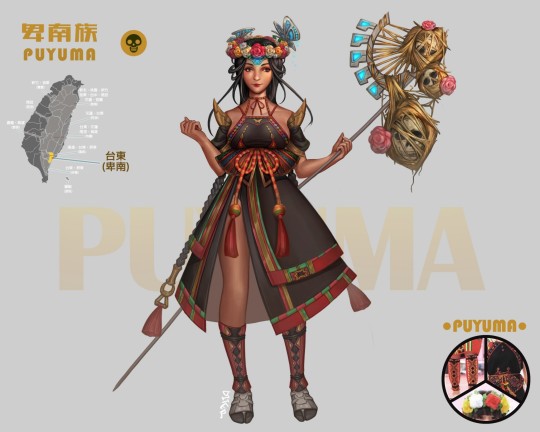
九族文化村-1
8 notes
·
View notes
Photo

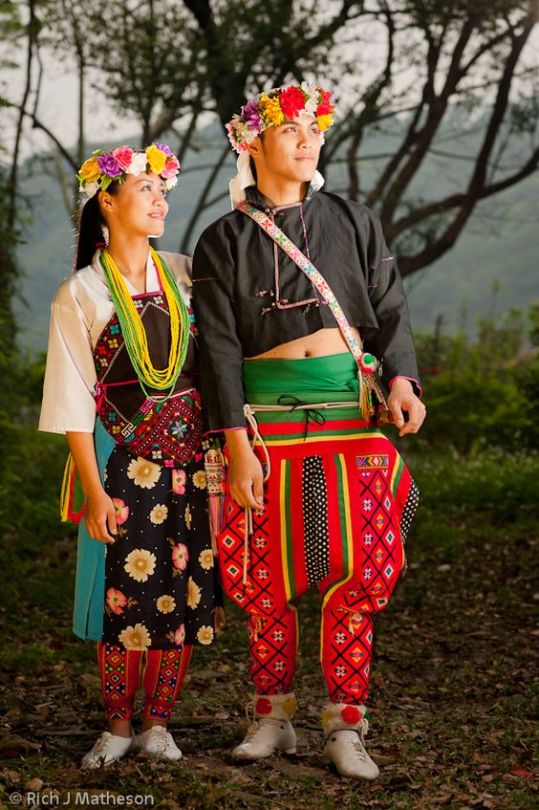
Puyuma Indigenous People, Taiwan
178 notes
·
View notes
Photo


Wattpad Contests 2022 - SONG OF THE UNLIT SUN (on Wattpad)
This collection regroups all my submitted entries for Wattpad Contests in 2022:
1. 'Key To Magic' Contest : SONG OF THE UNLIT SUN
I chose to write a short story about the PROMPT 1 :
Since childhood you were told to memorize a particular ancient language rhyme. Years later you realize that it was the key to a magical world.
The deadline for submission is January 31st, 2022.
The winners will be announced on February 4th.
Cover: design and photograph by \\ eloo.
Wish me good luck! ♥
#contemporary#contest#eloo#english#feedback#fiction#gabrielle#keytomagic#language#magic#mywork#mywriting#oneshot#original#originalcharacter#puyuma#short#shortstory#shortstorycollection#taiwan#wattpadcontest#wattpadmagic#writing#writingchallenge#writingcontest#short-story#books#wattpad#amreading#writers and poets
0 notes
Photo
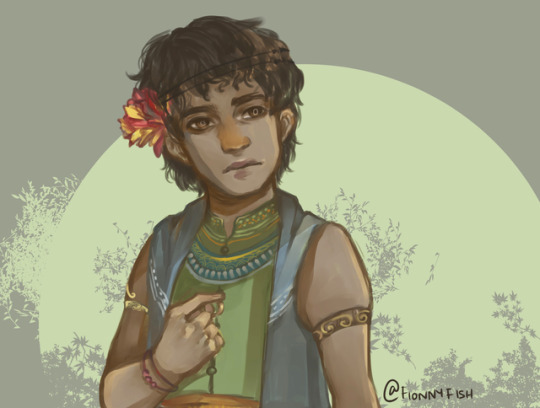

Frodo Baggins! The hobbits take their visual cues from Taiwanese aborigine peoples (mostly the Puyuma), and the Javanese.
I watched the movies before I ever read the books; Elijah Wood’s young Frodo is one of the things that sticks with me in all incarnations :P
#frodo baggins#lotr#lord of the rings#tolkien#middle earth#hobbits#fanart#concept art#character design#character concept#puyuma#taiwan#javanese#indonesia#tolkien redesigns
462 notes
·
View notes
Video
youtube
Nanwan Sisters - 美麗的情懷
turns out they were Puyuma from Taiwan, I made a mistake in my previous post
0 notes
Text
having a taiwanese prof is fun though not just for linguistic/cultural exchange reasons but because i basically came out to him by telling him i'm an a-mei fan.
#succ speaks#feminist indigenous lgbt icon unironically.#(no i don't think she's lgbt herself but she dropped 彩虹 and ohhhh my god 愛是唯 would have been UNTHINKABLE to release at its time)#she's been very vocally supportive of lgbt people for a LONG time which was definitely hard for her in taiwan esp as a big mandopop icon#anyways also being puyuma. her bring openly and unapologetically indigenous and incorporating it into her music.#from singing about her perspective to putting chants and prayers into her music. and pop music at that. she's so fucking awesome#and she's DEFINITELY an icon for women in the mandopop industry because she changed it so much singlehandedly#like she has darker skin and a lower voice than most women in mandopop and iirc she also refused to apologise for her weight gain#unless that was someone elsebut i am like 85% sure it was a-mei#anyways. we love a-mei here.
10 notes
·
View notes
Photo

昨日南迴,今日北迴🚅 #taiwan #formosa #travel #trainlover #TRA #chishang #taipei #puyuma #bento #breasfast #台湾 #台湾旅行 #プユミ #弁当 #朝ご飯 #帶老母去旅行 #北迴線 #台鐵 #普悠瑪 #便當 #家鄉池上飯包 #台鐵便當 #鐵路環島 (在 北上奔馳的普悠瑪~) https://www.instagram.com/p/Bxd52-Fh8AV/?utm_source=ig_tumblr_share&igshid=1ahg86kw0m4tk
#taiwan#formosa#travel#trainlover#tra#chishang#taipei#puyuma#bento#breasfast#台湾#台湾旅行#プユミ#弁当#朝ご飯#帶老母去旅行#北迴線#台鐵#普悠瑪#便當#家鄉池上飯包#台鐵便當#鐵路環島
0 notes
Photo

雲哥不過肉丸沒加辣而已幹嘛對我肥男 抽鞭 by HariesAutoMoto
0 notes
